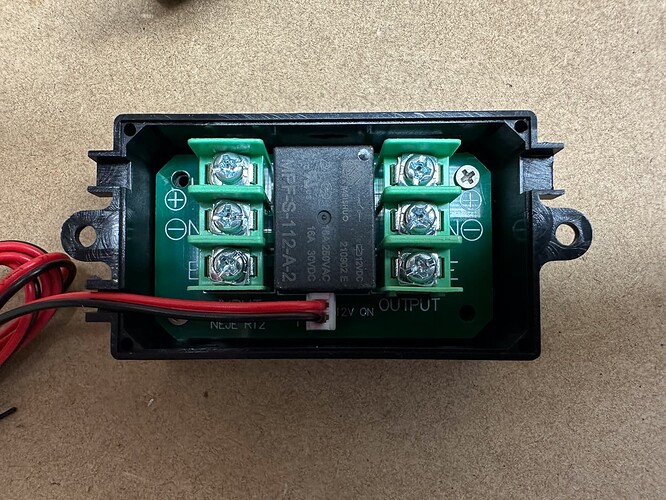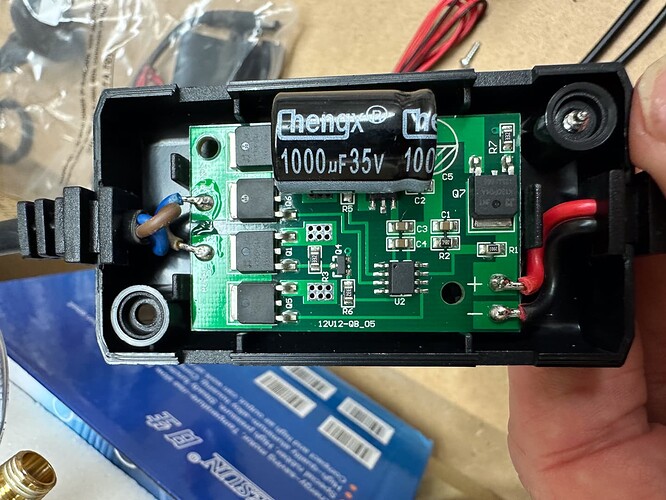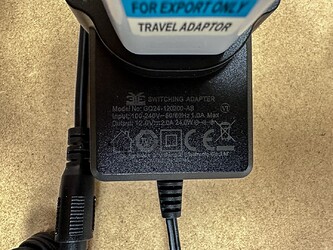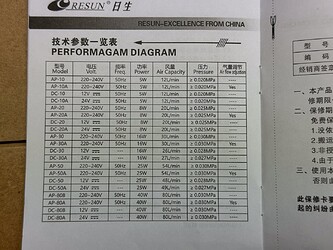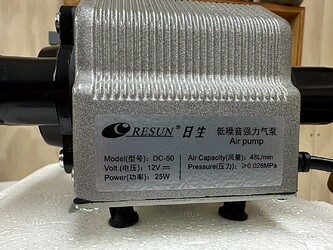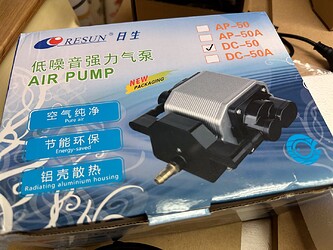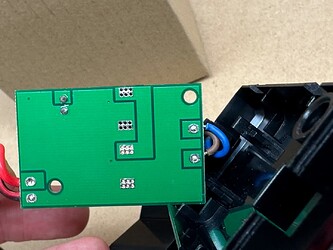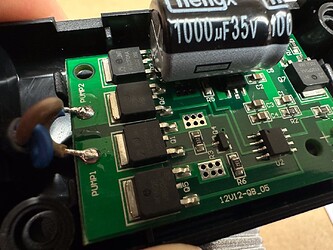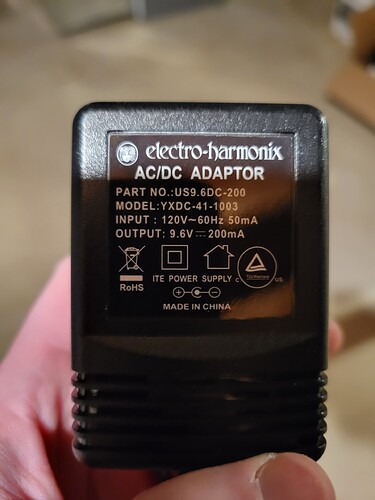These are kind of rhetorical questions for this forum, but if anyone knows the answers please feel free to chip in.
The NEJE laser is a nice bit of kit from an engineering perspective, but completely at the other end of the spectrum when it comes to explanations.
Take for instance the : MULTIFUNCTIONAL AUTOMATIC CONTROL RELAY EXPANSION KIT
Which I know is a relay controlled by the board on the machine via gcode to turn on and off either an exhaust fan or air supply fan. Here are the instructions in full"
Compatible with NEJE motherboards.
For M7 or M8 smoke exhaust system or air-assisted power control.
This kit can only used in NEJE machines which have the M7,M8 port.
Note: If the power supply voltage is higher than 36V, please operate under the guidance of professionals.
Ahh yes there’s the problem - I’m so unprofessional I’m dangerous - I’ll check but I’m pretty sure the 240v 16A marking and the 12v switch input means I won’t eliminate myself. And the manufacturer’s specs seem to confirm that.
But it gets better.
To control the air feed, one of these gadgets goes in (I know how to do that) but there’s another little black box on the 12v line before the pump. In some advertisements there is a dial on that box that can vary the air flow from the pump.
On mine, there is no dial on the box, and the innards look like this:
Why is there a box between the power supply and the pump? Logically the relay is only to switch it on and off so it can’t send a message to this box, yet the instructions tend to indicate that speed is variable.
Mind you, the instructions also have a very stern warning that the whole shooting match should be properly earthed too, which could prove challenging to say the least.
Perhaps one of you fine folk could shed some light?
